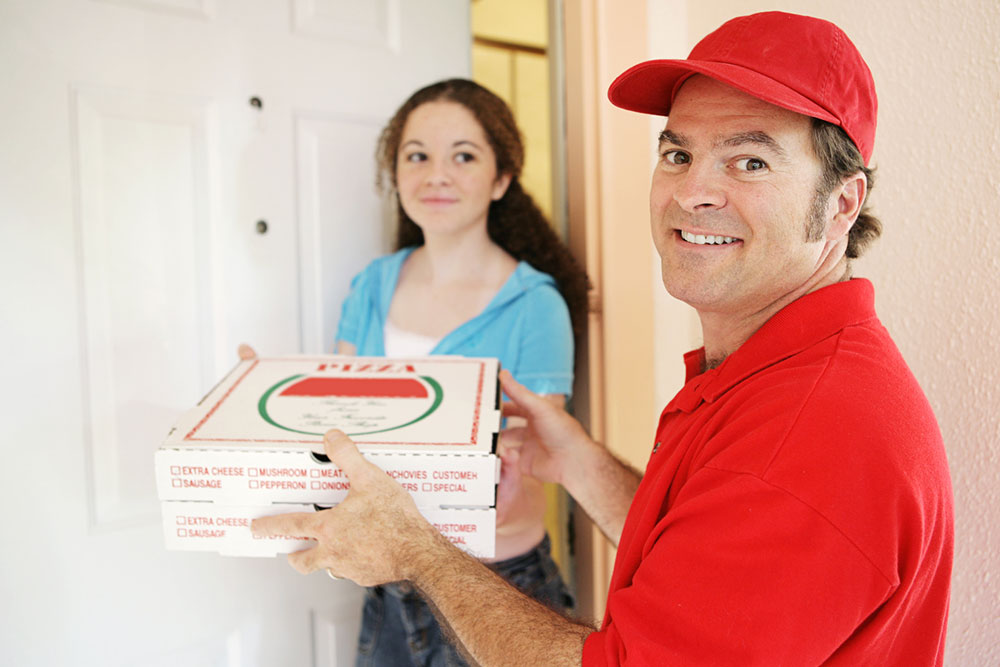Top 4 mistakes to avoid while using food delivery services

Food delivery services are growing exponentially, thanks to people’s changing preferences and fast-paced lifestyles. Customers can now order via two sources: restaurants that offer their own delivery and third-party platforms that act as a mediator to connect consumers with local restaurants. Both operate online and are pretty straightforward. However, some mistakes on the part of consumers can lead to financial losses or health issues. Here are a few such mistakes to avoid.
Not evaluating a delivery service thoroughly
One should consider several factors before zeroing on a third-party delivery service or restaurant. For instance, one should evaluate their packaging, safety measures (to avoid food contamination), cost-effectiveness, customer service, refund policies, food tracking options, and reputation. Reading through online reviews of other customers who have already used a platform can give an idea about its service and credibility.
Ordering only when hungry
There are a few issues with this approach. One may end up making the wrong food choices in a hurry and experience frustration or impatience until the food arrives. Ordering at the last minute also means one may not eat when hungry, leading to loss of appetite when the food actually gets delivered. Not eating when hungry can also increase the production of cortisol in the body, causing stress. To avoid this, it’s best to order an hour before one’s regular meal time. Another option is to sign up for a food subscription service that can send pre-portioned meals on time. Most of these services offer home-cooked and customizable meals.
Not providing the proper address
This error can cause delays in delivery. Sometimes, the food may even get handed over to the wrong recipient. So, it’s important to provide an appropriate delivery location with floor numbers, passcodes, and other necessary details. It’s also advised to tip the delivery agent to show appreciation for their service.
Storing delivery packages
Delivery packages are usually made of plastic, and reusing them could mean consuming microplastics through the food. One is advised to serve the ordered food onto a plate or bowl and properly dispose of the plastic containers after use.
















